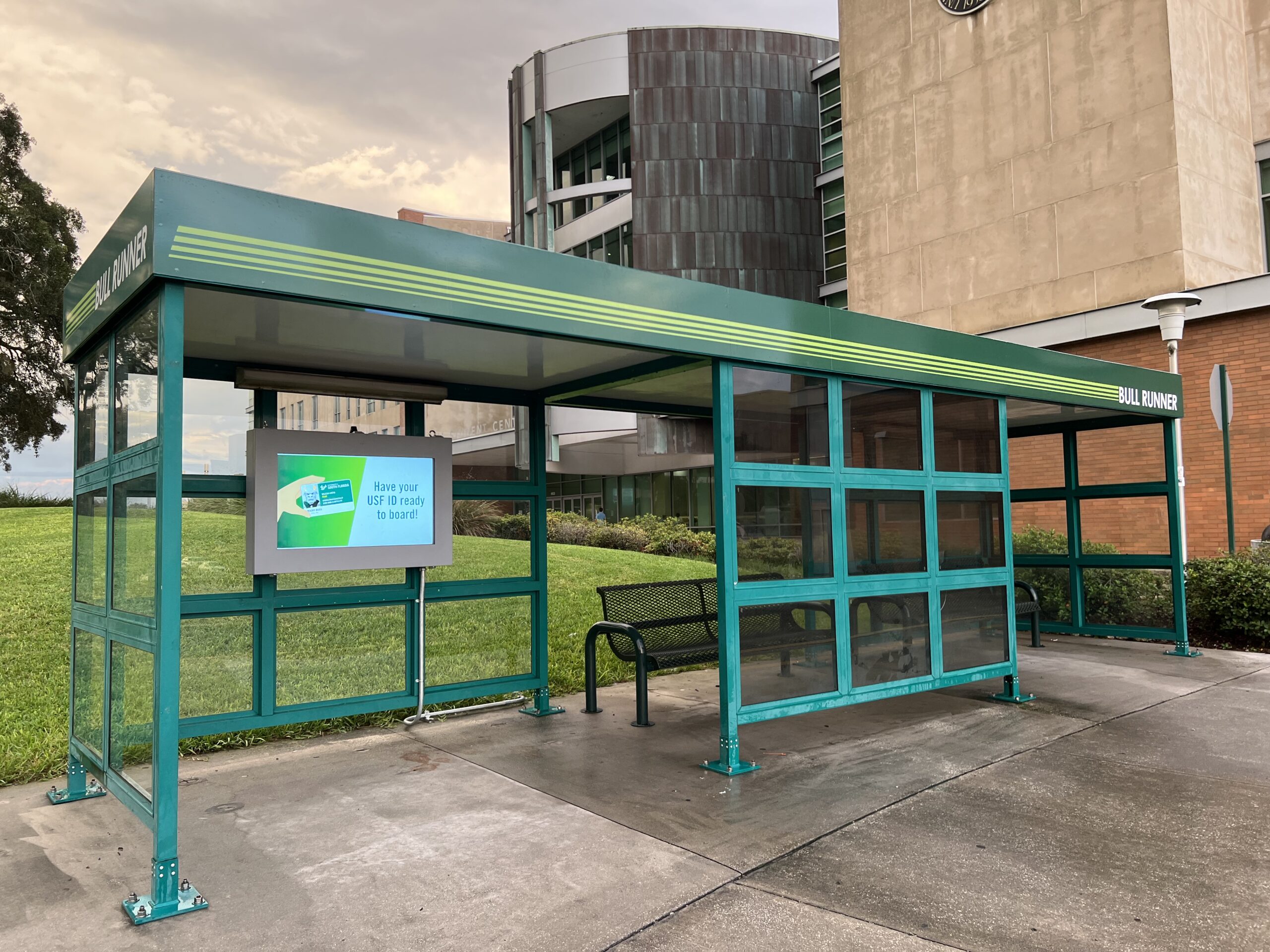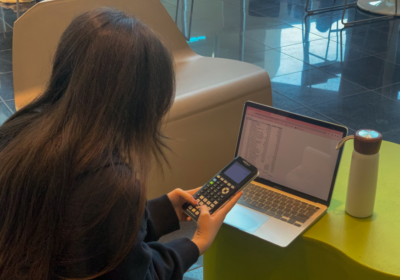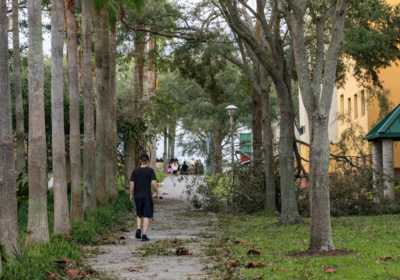OPINION: Public transit in Tampa Bay needs more than new buses

Gov. Ron DeSantis announced Aug. 29 that, in an effort to reduce diesel emissions, 13 counties will replace public buses with new electric ones, as stated on the Florida Department of Environmental Protection website.
This plan includes 64 buses in the Tampa Bay area, including two for USF, two for Pasco County Public Transportation and 60 for Pinellas Suncoast Transit Authority. While these buses may help to slightly lower pollution across the state, this plan will only be effective if people choose to use public transit.
The Tampa Bay area is infamous for its poor public transportation system, and it will require some major adjustments to get more people to actually use these buses.
Only about 1.2% of the working public in the Tampa Bay area uses public transit, whereas the national average is 5%, as stated in a 2019 article by Channel News 8.
A 2019 report by WalletHub ranked Tampa Bay as one of the worst areas in the country for public transportation. Tampa ranked third worst and St. Petersburg was second worst. The report ranked these transit systems based on accessibility and convenience, safety and reliability and transit resources, all of which the Tampa Bay systems lack.
Auto emissions have risen 55% since 1990, as stated in a 2019 analysis published by the New York Times. If Tampa Bay officials really want to use these buses to bring down this number, they need to convince people to switch from driving their cars to using public transit. That is only possible if the public feels that the transit system is safe and reliable.
Fortunately, the Tampa Bay Area Regional Transit Authority (TBARTA) does have a plan to resolve this. This plan, known as Envision 2030, was published in 2020 with the goal of connecting people throughout the Tampa Bay area and making public transit a more appealing option.
“It’s both a vision and a strategy to improve the quality of life in Tampa Bay through world-class regional transit service connecting Hernando, Hillsborough, Manatee, Pasco and Pinellas counties,” as stated on the TBARTA website.
TBARTA published two surveys to get public input on ways to improve public transportation. The results of these surveys showed that people want accessible, frequent and streamlined service. Of these responses, 77% said they wanted the bus to come at least every 30 minutes and 66% requested a single-payment system for transportation all across the area.
Based on their Accomplishments Report though, it seems TBARTA is still surveying and gathering data, and no major changes have been made to Tampa Bay’s public transit systems.
Until TBARTA actually takes steps to improve the public transportation systems, new buses can only do so much to reduce emissions.
In order for electric buses to make a major difference in emissions in the area, people need to choose to take them rather than driving their own car. This is going to require some significant changes to improve the convenience and reliability of the Tampa Bay public transportation systems.






